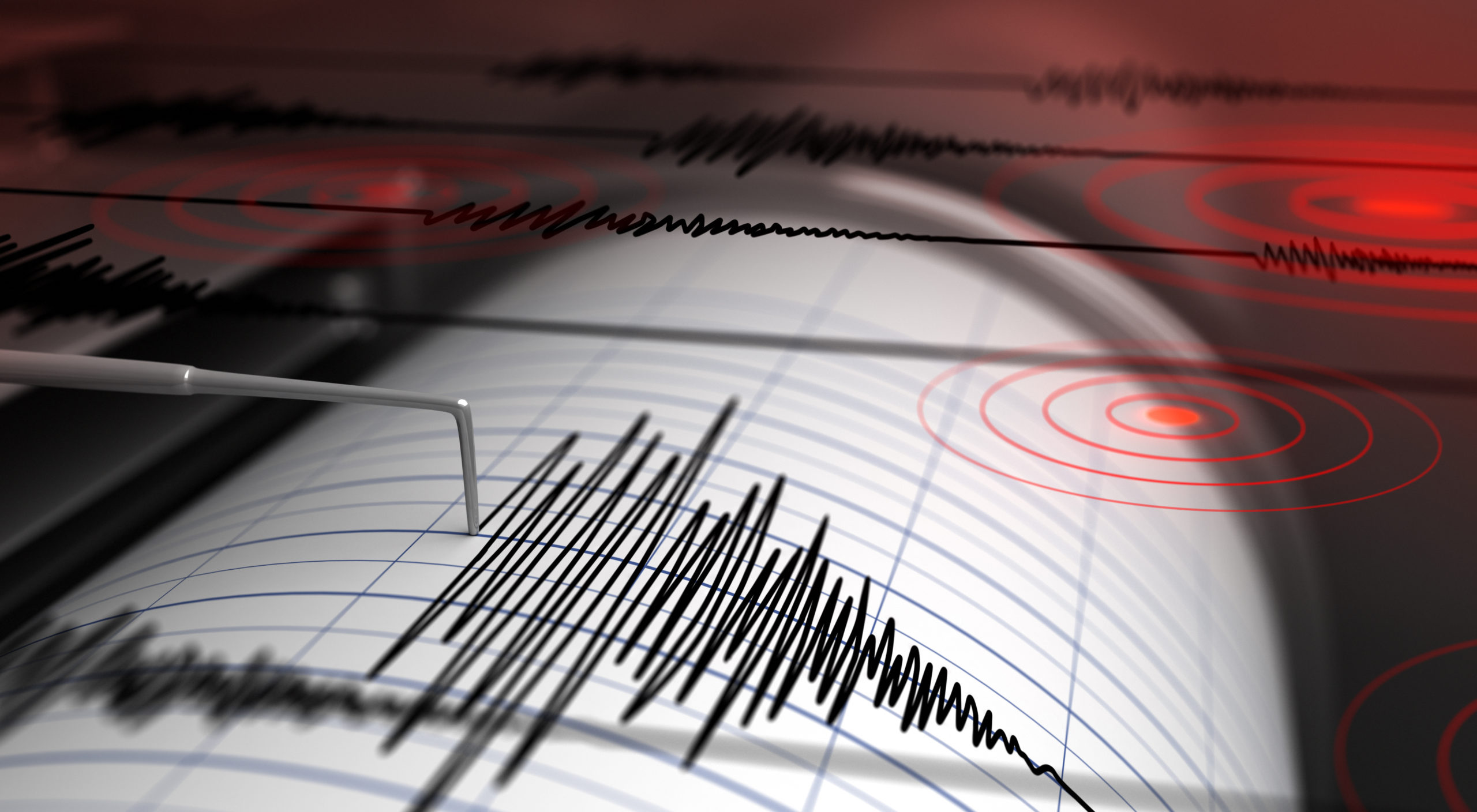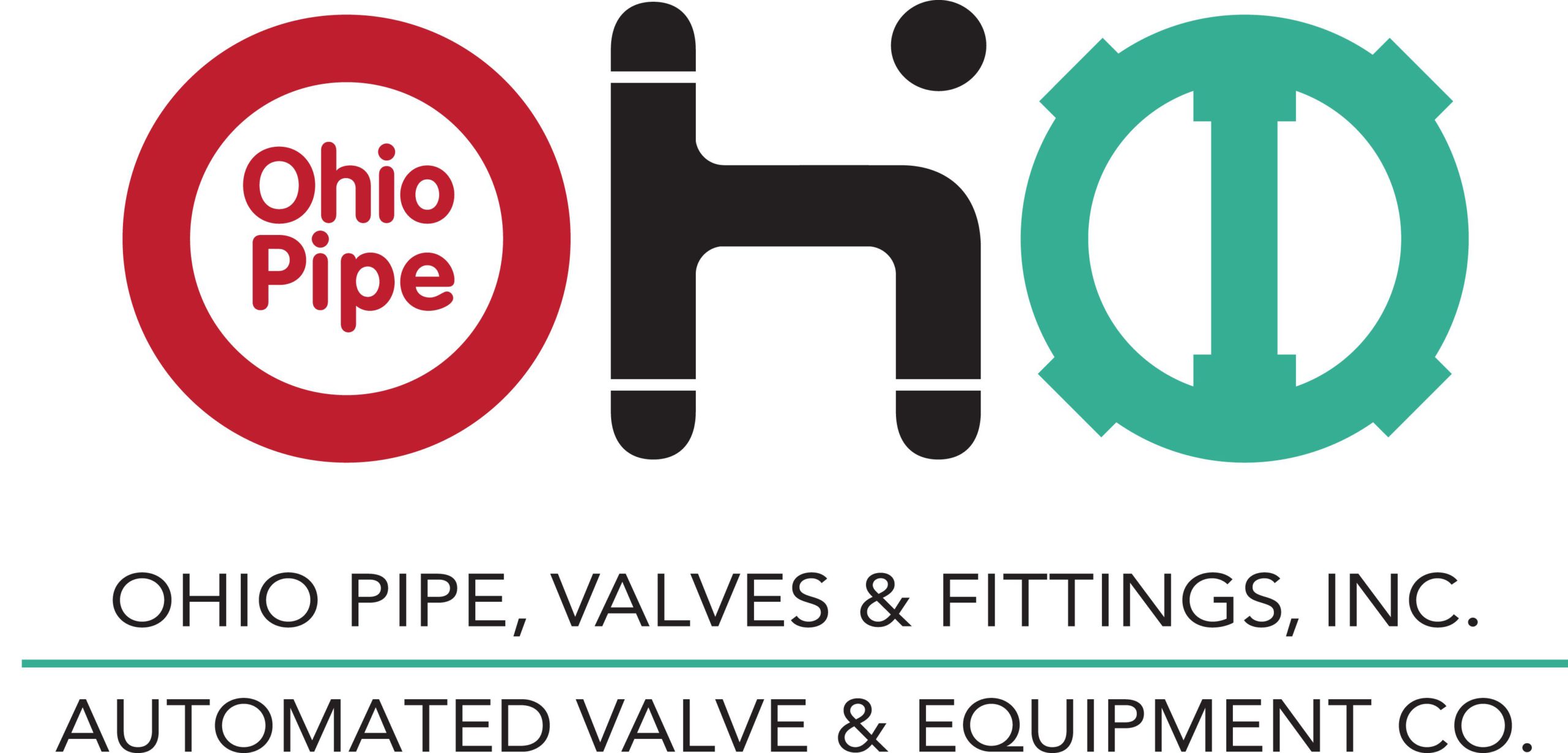Contractors have to be confident in the strength and durability of their pipe fittings and know that an accidental bump or settling soil won’t cause a leak or failure.
There is a misconception that press fittings are more fragile and susceptible to this sort of failure. It’s not true. How do we know? Because we’ve tested them seismically.
Viega hired an independent firm in 2016 to conduct tests at the Structural Engineering and Earthquake Simulation Laboratory at the University of Buffalo. Here’s what they put the fittings through:
The largest available and most common fitting sizes were tested. One test was conducted with ¾” ProPress with type L copper, ¾” ProPress Stainless pipe and fittings, and ¾” MegaPress with schedule 40 black iron pipe. The second test was done with the largest sizes available: 4″ ProPress with type L copper, 4″ ProPress stainless pipe and fittings, and 2″ MegaPress with schedule 40 black iron pipe. Every set of piping tested included 90° elbows, 45° elbows, tees and couplings.
The piping systems were mounted to a rigid steel structure (10 ft x 8 ft x 11 ft) via Unistrut, and piping clamps spaced in accordance with minimum requirements of current plumbing codes. Both small and large size pipes were supported at approximately 10 ft vertically. The small (¾” pipes) were braced every 5 ft in the horizontal direction. The large (4″ and 2″) pipes were braced at 8 ft horizontally.
The piping networks were then filled with water and pressurized to 200 psi. Then the shaking started. The structure was accelerated in three dimensions, reaching accelerations of up to four times the force of gravity in both horizontal directions and more than 2 Gs vertically.
After 30 seconds of tri-axial shaking, the pressure was re-checked and the joints were inspected for leaks or slippage. No problems were found. The joints were unaffected.
Viega ProPress Copper, ProPress Stainless and MegaPress fittings meet the requirements for Special Seismic Certification by seismic testing according to the California Building Code Section 1705.12 and the International Building Code Section 1705.12 for nonstructural components.
If Viega fittings are strong enough to withstand seismic testing, they’re certainly strong enough to stand up against jobsite conditions and years of operation in approved applications!



